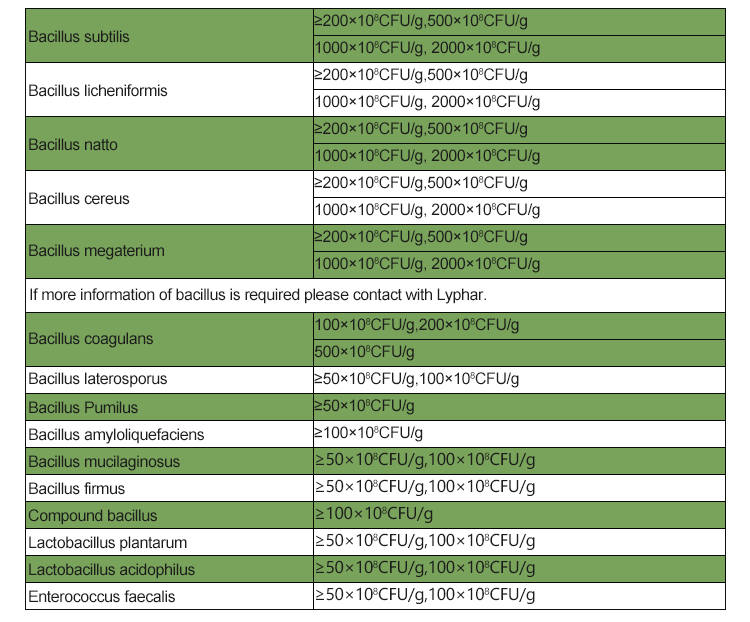Bacillus megaterium is a Gram-positive, rod-shaped bacterium that is known for its large size and ability to form endospores. Here are some key points about it:
- Classification: It belongs to the Bacillus genus, which is part of the Bacillaceae family.
- Morphology: It appears as large, rod-shaped cells and can form chains. It typically measures around 1–2 micrometers in width and up to 10 micrometers in length.
- Habitat: Bacillus megaterium is commonly found in soil, water, and plant materials. It is also present in various environments, including decaying organic matter.
- Metabolism: This bacterium is aerobic but can also grow under anaerobic conditions. It is known for its ability to utilize a wide range of substrates, including carbohydrates and organic acids.
- Industrial Uses: Bacillus megaterium is utilized in biotechnology and industrial applications. It can be engineered for the production of enzymes, amino acids, and other bioproducts. It’s also used in the production of certain antibiotics.

- Biotechnology: It serves as a model organism in genetic studies and as a host for recombinant DNA technology.
- Safety: Generally considered non-pathogenic, but, like all bacteria, it should be handled with care in laboratory settings.
- Endospore Formation: Its ability to form endospores allows it to survive in harsh environmental conditions.
Bacillus megaterium is an important organism in microbiology and industrial microbiology due to its versatile metabolic capabilities and genetic tractability.
Morphological Characteristics of Bacillus Megaterium
Bacillus megaterium is a gram-positive, rod-shaped bacterium known for several distinctive morphological characteristics:
- Shape and Size: It typically appears as large, straight rods, often measuring about 0.5 to 1.0 micrometers in diameter and up to 4-10 micrometers in length. Some strains can be even larger, which is where the “megaterium” name comes from.
- Gram Staining: Being gram-positive, it retains the crystal violet stain during the Gram staining process, appearing purple under a microscope.
- Spore Formation: Bacillus megaterium is capable of forming endospores, which are highly resistant structures that allow the bacterium to survive in harsh conditions. These spores can be located centrally, subterminally, or terminally within the cell.

- Capsule: Some strains may produce a capsule, which can be observed as a slimy layer surrounding the cell, providing protection and helping in adherence to surfaces.
- Flagella: Bacillus megaterium is generally non-motile, lacking flagella. However, some strains may have flagella and exhibit motility.
- Arrangement: The cells can appear singly, in pairs, or in chains, depending on the growth conditions and culture medium.
These characteristics make Bacillus megaterium an interesting organism for studies in microbiology, biotechnology, and industrial applications.
